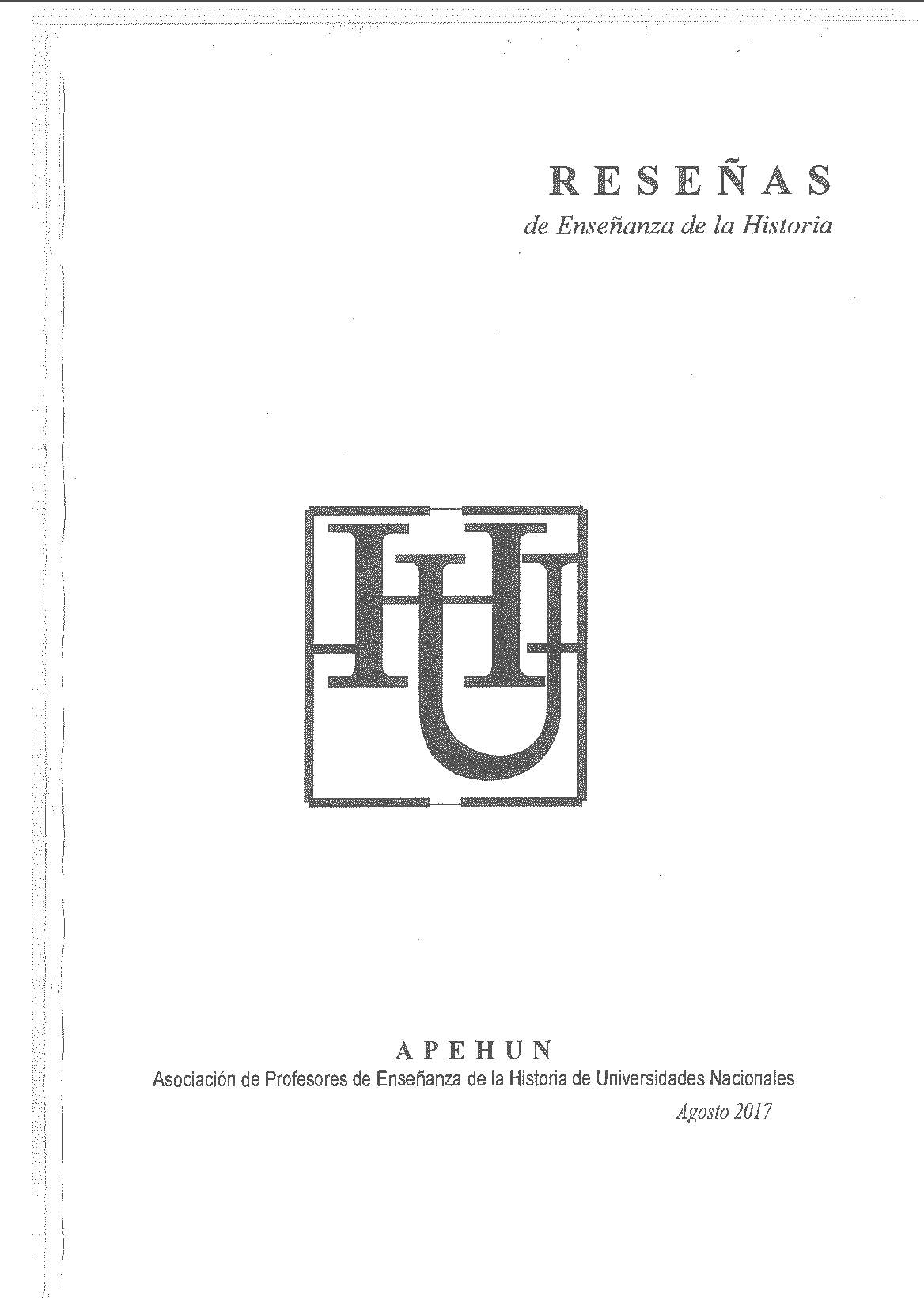A propósito de los cien años. Algunas reflexiones historiográficas sobre octubre del '17
Keywords:
Dictatorship of the proletarial, democracy, Bolshevik party, socialist revolutionAbstract
The aim of the present artiele is to reflect on sorne historiographical questions around Octubre de1917, taking sorne complementary and alternative visions of theoreticians-revolutionaries and empathic foreign participants, going through liberal and Marxist interpretations produced during the 'Cold War' in Western Europe, closing with new post-USSR looks. The tour is short, synthetic and contains a selection of authors who are shown turns in the contributions to the growing and renewed curren! discussion. In fact, the Russian Revolution is an extensive and complete subject that could not fil within the framework of our analysis. We will therefore confine ourselves to the problem of reading about key topics in the Bolshevik seizure of power in October as the place of the party, the experience of the dictatorship of the proletaria!, the relationship between socialism and democracy.
Downloads
References
Aguirre Rojas; C.A. (2005). Anti manual del mal historiador. O como hacer hoy una buena historia crítica. México: Contra historias.
Campione, D. (2002). Argentina. La escritura de su Historia. Buenos Aires: Centro Cultural Cooperativo.
Deutscher, J. ( 1970). Herejes y renegados. Barcelona: Ariel.
Fanel, L ( 1994). La disolución de la URSS. Buenos Aires: Ediciones Gráficas mundo color.
Ferro, M. ( 1975). La Revolución de 1917 (La caída del zarismo y los orígenes de Octubre). Barcelona: Laia.
Figes, O. (2001). La Revolución rusa (1891-1924). La tragedia de un pueblo. Barcelona: Edhasa.
Figes, O. y Kollonitskii. B. (2001). Inte171retar la Revolución Rusa. El lenguc¡je y los símbolos de 1917. Madrid: Editorial Biblioteca Nueva.
Fitzpatrick, S. (2005) La revolución rusa. Buenos Aires: Siglo XXI editores.
Goldman, W. (201 O) La mujer, el E~tado y la Revolución. Buenos Aires: Ediciones Ips.
Hobsbawm; E. ( 1994). Historia del siglo X:'. Barcelona: Critica.
Lenin, V. (1976). Acerca de la Gran revolución Socialista de Octubre. Moscú: Progreso.
Lenin, V. (2007). El Estado y la Revolución. Buenos Aires: Longseller.
Luxemburgo, R. (2008). La Revolución rusa. Un examen crítico. Barcelona: Terramar.
Luxemburgo, R. y Lukacs, G. (1980). Sobre la revolución. México: Textos Vivos/Grijalbo.
Marx-Engels-Lenin (l 975). La comuna de París. Buenos Aires: Editorial Anteo.
Pereyra, C. y Villoro L. (1980). Historia ¿Para qué? México: Siglo XXI.
Reed, J. (1965). Diez días que estremecieron al mundo. México: Enlace Grijalbo.
Rodríguez Fierro, A. ( 1991 ). La Revolución Rusa y el desarrollo de la URSS. Madrid: Akal.
Saborido, J. (2003). La historiografía anglosajona sobre la revolución Rusa: una visión de último medio siglo. En Revista Hispania, LXIII/3 núm. 215 en !illQ://hispania.revistas.csic.es pp.1081-1098.
Schaff, A. (1974). Historia y Verdad México: Enlace Grijalbo. Trotsky, L. ( 1985). Historia de la revolución rusa (1 y 11). Madrid: Sarpe.
Trotsky, L. (2007). La revolución Permanente. Buenos Aíres: Colección Pensamiento y Acción Socialista.
Trotsky, L. (comp.)(2009). Lenin. Buenos Aires: Centro de Estudios, investigaciones y Publicaciones "León Trotsky".
Downloads
Published
How to Cite
Issue
Section
License
Copyright (c) 2022 Reseñas de Enseñanza de la Historia

This work is licensed under a Creative Commons Attribution-NonCommercial-ShareAlike 4.0 International License.
Reseñas de Enseñanza de la Historia distribuye sus contenidos bajo la licencia https://creativecommons.org/licenses/by-nc-nd/4.0
Usted es libre de:
Compartir - copiar y redistribuir el material en cualquier medio o formato.
La licenciante no puede revocar estas libertades en tanto usted siga los términos de la licencia.










